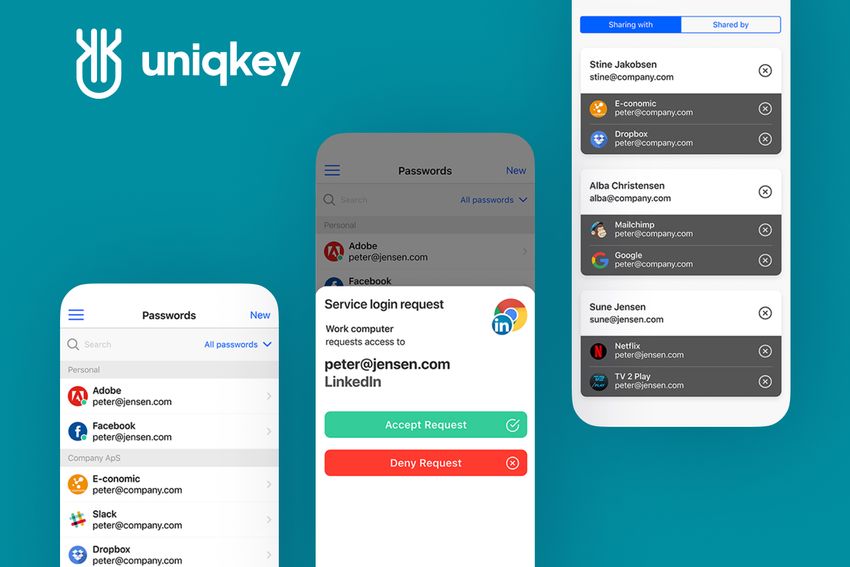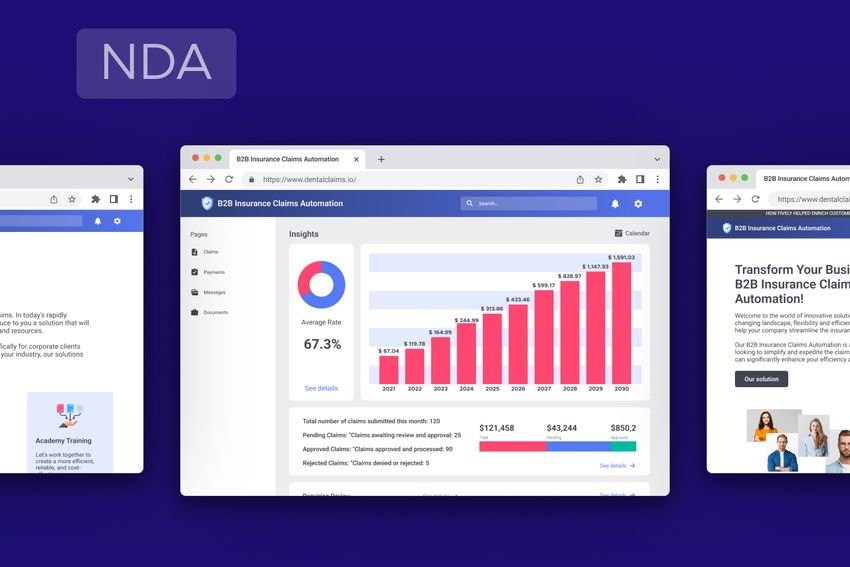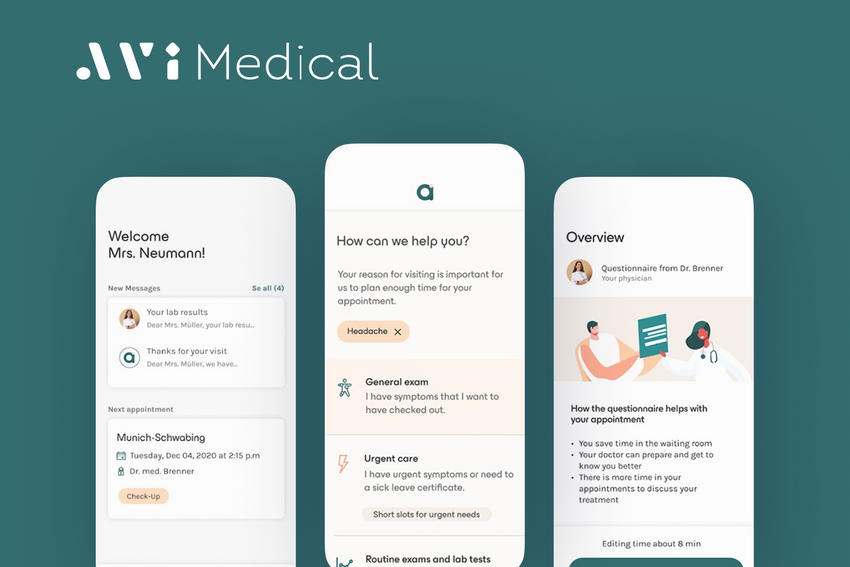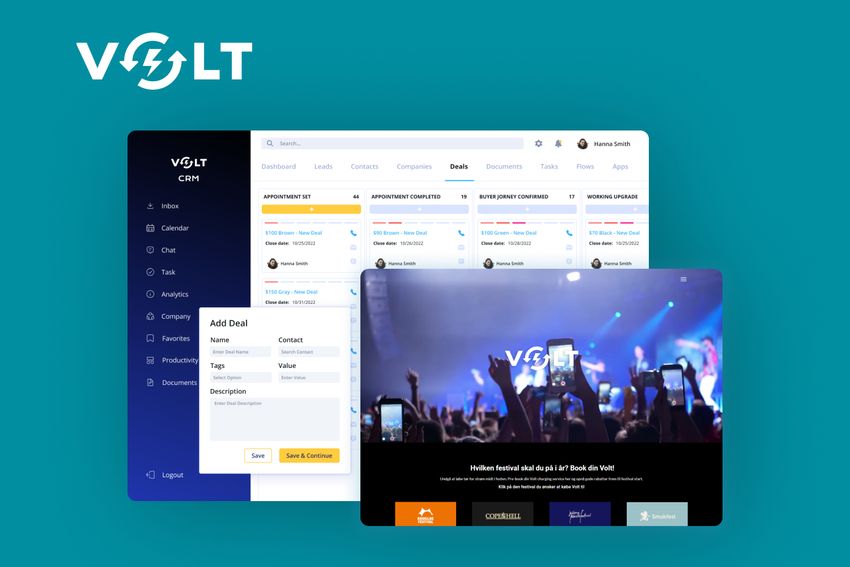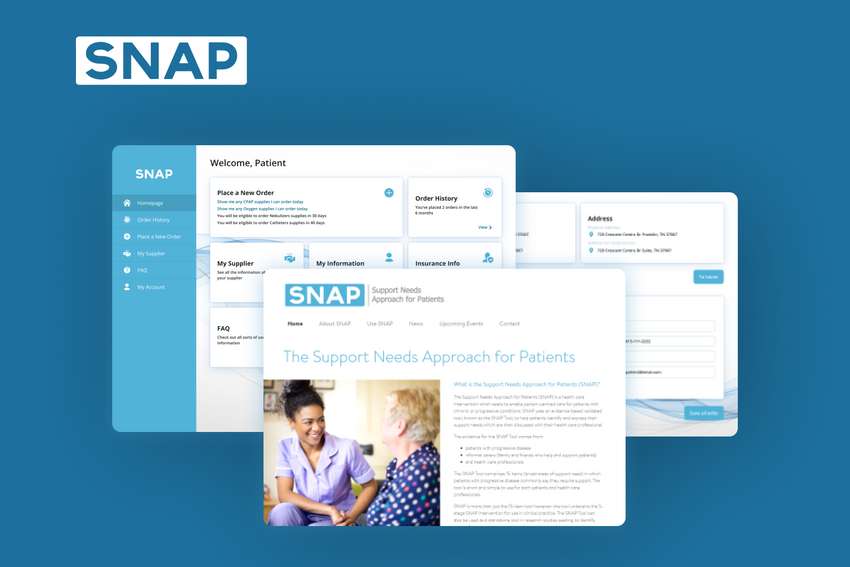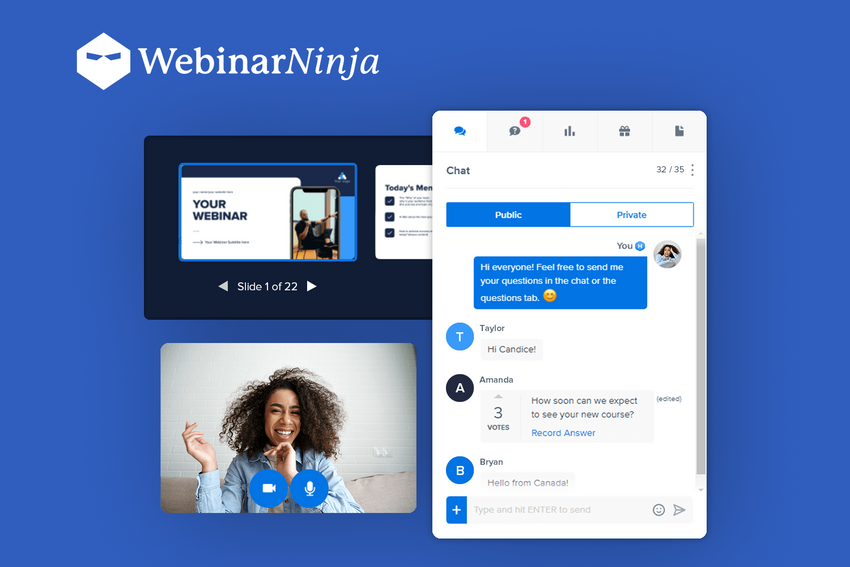Best AI Coding Assistant Tools for 2026
Discover the most advanced AI coding assistant tools of 2026 that boost developers’ productivity, streamline workflows, and help you ship better software faster.
The software development landscape is evolving faster than ever: by 2026, coding will no longer just be for developers writing lines of logic, but for teams interacting with intelligent assistants that suggest, generate, and validate code. Coding AI assistants are now becoming indispensable: accelerating development, reducing errors, and letting engineers focus on higher-level architecture and creativity.
In this article, we’ll explore the best AI for coding which will dominate in 2026, how they enhance productivity, and what you should look for when choosing your coding ally.
Summary
It this article, we’ll touch upon the following coding AI tools:
- Cursor: an AI-native code editor built on top of Visual Studio Code enabling natural-language code generation and smart rewriting of existing code;
- Windsurf: offers an “agentic IDE” known as Cascade, which understands your entire project context, generates and runs code across files;
- GitHub Copilot: integrates directly into your IDE (VS Code, JetBrains, etc.) and GitHub workflows, offering AI-powered autocomplete, chat features for code explanation;
- Claude Code: an agentic coding assistant that “maps and explains entire codebases in a few seconds” and automatically pulls context from your project for smarter suggestions;
- ChatGPT (Coding Assistant via ChatGPT): code generation, debugging, explanation of legacy code, multi-language support, and custom “Coding Assistant” modes;
- Gemini Code Assist: AI coding assistant powered by Gemini 2.0, providing code completions, code review suggestions, and support across IDEs via CLI/extension;
- Microsoft Copilot: deep integration with Microsoft 365 apps (Word, Excel, Outlook, Teams) for code generation, code explanation, and workflow automation;
- Tabnine: context-aware code completions and generation across many programming languages; chat and code review features inside IDEs;
- Bolt.new: web-based AI coding agent that lets you prompt, write, edit, and deploy full-stack applications directly in the browser;
- Replit Chostwriter: supports full-stack development from prompt to deployment, offers context-aware code generation, live debugging, project scaffolding, etc;
- Cline: an open-source AI coding agent that integrates directly into your IDE (for example VS Code) and supports multi-step tasks, project reasoning, file creation/editing, etc;
- Aider: runs in your terminal, works with local Git repositories, understands large codebases, can generate code, and fix bugs;
- Amazon Q Developer: a generative AI assistant from AWS designed to help developers code, test, deploy, and maintain applications.
- JetBrains AI Assistant: provides smart code completion, documentation generation, commit message suggestions, and file conversion tools;
- Lovable: low‐code platform for UI scaffolding, backend setup, deployment, and “vibe coding”.
How Did We Select the Best AI Coding Tools in This List?
Choosing the best AI coding assistants for 2026 wasn’t just about popularity — it was about performance, innovation, and developer trust. We carefully evaluated each tool based on seven key criteria to help you make an informed decision:
- Coding Quality and Accuracy: How effectively the coding AI tool generates functional, optimized, and bug-free code in multiple languages.
- Integration Capabilities: Compatibility with modern IDEs (VS Code, JetBrains, Neovim) and CI/CD pipelines, ensuring seamless use within existing workflows.
- Cost and Accessibility: Transparent pricing models that balance affordability with value, including free tiers or flexible pay-as-you-go options.
- AI Model Performance: The underlying large language model’s power, speed, reasoning, and ability to handle complex programming tasks or refactoring challenges.
- Privacy and Security: How well each tool protects your codebase. We prioritized assistants that support on-premise setups, no-data-sharing modes, or SOC2/GDPR compliance.
- Collaboration Features: Whether teams can co-edit, comment, and manage code suggestions together in real time.
- Community and Support: The strength of user communities, documentation, and ongoing updates — key indicators of reliability and product maturity.
This is how we got the curated list of tools that balance intelligence, security, and developer experience — ready to supercharge your coding in 2026.
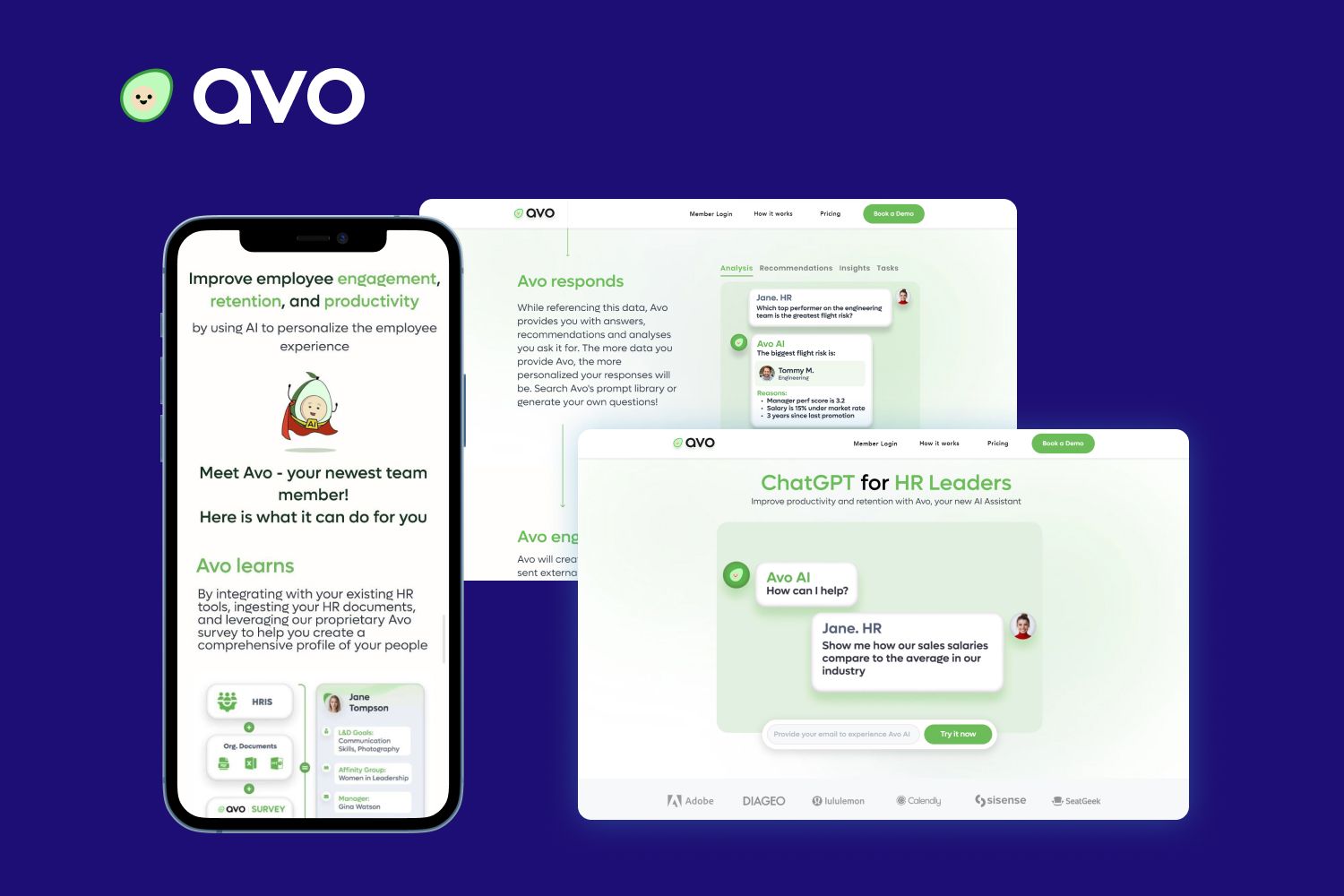
Best AI Coding Assistant Tools
The competition among AI coding assistants has never been fiercer. From lightweight copilots that autocomplete your code to full-blown agentic IDEs that can refactor, debug, and deploy entire apps — 2026 is shaping up to be the golden age of AI-powered development. Below, we’ve handpicked the best AI code generation tools that combine intelligence, speed, privacy, and real-world usability, helping teams code smarter and ship faster.
Cursor
Website: cursor.com
Cursor is an AI-native code editor built on top of Visual Studio Code that enables natural-language code generation, smart rewriting of existing code, codebase indexing for “ask the code” queries, and a privacy mode that prevents your code from being uploaded to the cloud.
Pros: Strong codebase understanding, fast autocompletion, brings “vibe coding” experience for developers who prefer creative freedom.
Cons: Relatively new compared to large incumbents, some community feedback points to occasional refusal or limitations in generating certain code portions.
Pricing: Cursor offers different subscription tiers: a free "Hobby" plan, a paid "Pro" plan for individual developers at $20/month, and team/business plans starting at $40/month. There is also an "Ultra" plan for power users at $200/month and a custom-priced "Enterprise" plan for large organizations.
Fively tip: Use it if you’re looking for an AI-assisted environment that deeply understands their codebase and supports natural language prompts. If you’re working on a serious project and want an AI-assisted coding tool that goes beyond autocomplete, Cursor may be a good choice, but it’s rather new, so you need to test fit for your workflow first.
Windsurf
Website: windsurf.com
Windsurf offers an “agentic IDE” known as Cascade, which understands your entire project context, generates and runs code across files, previews changes live in-editor, debugs automatically, and allows one-keystroke operations to keep you in the flow.
Pros: Exceptional for rapid prototyping and full-project support, strong preview and deployment workflows, excellent for teams and individuals who want fewer context switches.
Cons: May be overkill for simpler tasks or smaller codebases; large features might require learning curve, and tooling maturity slightly behind the oldest platforms.
Pricing: Windsurf offers free version for individuals with 25 prompts per month; $15/month with 500 prompts per month; $30/month for teams with 500 prompts per month; and, finally, 1000 prompts per month for more advanced features and team/enterprise licenses; details vary based on usage.
Fively tip: Windsurf is a top pick for developers or teams working on large projects who want an AI editor that does more than autocomplete — one that can generate, restructure, deploy, and preview entire apps. If you’re building full-stack or enterprise-scale codebases and want an integrated AI workflow, Windsurf shines.
GitHub Copilot
Website: github.com/features/copilot
GitHub Copilot integrates directly into your IDE (VS Code, JetBrains, etc.) and GitHub workflows, offering AI-powered autocomplete, chat features for code explanation, support for many languages, and seamless integration with GitHub’s ecosystem.
Pros: Broad adoption, excellent ecosystem integration, many developers are already familiar with GitHub so onboarding is easy, strong community support.
Cons: Free tier is limited in completions; for full feature access you’ll need paid tiers. Some users find suggestions generic or less helpful for niche codebases.
Pricing: Free tier: $0 (limited usage); Pro: ~$10/month for individuals or $100/year; plus, there are Business ($19/month) and Enterprise ($39/month) tiers for teams and organizations.
Fively tip: GitHub Copilot is a safe and widely-used option if you’re already in the GitHub ecosystem and want a reliable AI code assistant. It may not have the “agentic full-project” scope of some newer tools, but for many developers, it hits the sweet spot between capability, familiarity, and value.
Claude Code
Website: claude.ai/product/claude-code
Claude Code is described as an agentic coding assistant that “maps and explains entire codebases in a few seconds” and automatically pulls context from your project for smarter suggestions. Its AI capabilities are broad, supporting deep reasoning, multi-file context, pull-request style workflows, and integrates with VS Code/JetBrains.
Pros: Very strong in understanding large codebases, ideal for complex refactoring or multi-file projects. Reviewers say it boosted productivity significantly.
Cons: Newer compared to some rivals, may require more developer oversight, and high-end features/pricing for full agentic mode can be steep.
Pricing: Claude Code is included in the Pro plan, which costs $20 per month (or $17 per month with an annual subscription paid upfront). For heavy users or teams, there are also Max plans starting at $100/month and Team plans at $30 per user/month (or $25/user/month with annual billing), which include higher usage limits, priority access, and administrative tools.
Fively tip: Claude Code is a top-tier choice if you're working on large, complex projects and need an AI code assistant that understands your full codebase, not just individual lines. If you’re focused on team-scale productivity and deep integration, this tool is well worth evaluation — but if you want simpler autocomplete or low-cost usage, smaller AI tools for coding may suffice.
ChatGPT (Coding Assistant via ChatGPT)
Website: chatgpt.com/g/g-vK4oPfjfp-coding-assistant
ChatGPT supports code generation, debugging, explanation of legacy code, multi-language support, and custom “Coding Assistant” modes. It also recently introduced features like the “Canvas” interface for code editing and side-by-side collaboration.
Pros: Broadly accessible, strong community, many languages supported, easy to get started.
Cons: It may not be as deeply integrated with IDEs or workflows as dedicated developer tools; code suggestions may need manual refinement; context window smaller compared to dedicated code assistants
Pricing: ChatGPT offers a free tier, ChatGPT Plus plan for $20 per month, and Enterprise plan for $200 her month.
Fively tip: ChatGPT is a flexible and general-purpose AI coding assistant that works well for many developers, especially those already using ChatGPT for other tasks. It may not match the specialization or deep integration of agentic tools like Claude Code, but for everyday coding, support, and learning, it’s an excellent starting point.
Gemini Code Assist
Website: codeassist.google/
Gemini Code Assist is Google’s AI for coding powered by Gemini 2.0 (and higher). Features include code completions, code review suggestions, support across IDEs via CLI/extension, large request and completion quotas, and enterprise-grade integrations with Google Cloud.
Pros: Generous free tier for individuals (e.g., up to 180,000 code completions/month); strong enterprise capabilities for teams; integration with Google Cloud ecosystem.
Cons: If your workflow isn’t in the Google ecosystem, some features may feel less seamless; enterprise pricing can become significant for large teams.
Pricing: Free for many individual developers; Standard business license ~US $22.80/month per user (annual ~US $19/month); higher enterprise tier ~$54/month.
Fively tip: Gemini Code Assist is a strong contender for developers who want large-scale AI coding support with big quotas and enterprise-grade infrastructure. Especially compelling if your stack already uses Google Cloud or you're looking for generous free usage and scalability.
Microsoft Copilot
Website: microsoft.com/365/copilot
Deep integration with Microsoft 365 apps (Word, Excel, Outlook, Teams) for code generation, code explanation, and workflow automation; enterprise-grade data grounding through Microsoft Graph; ability to build and deploy AI agents via Copilot Studio.
Pros: Seamless if you’re already in the Microsoft ecosystem; strong enterprise controls, compliance and data governance; broad enterprise adoption makes onboarding easier.
Cons: Primarily built for productivity workflows rather than pure code editing—so may not offer the deep multi-file coding assistance some dev teams want; pricing and licensing are more enterprise-oriented and may be overkill for individual developers.
Pricing: Starts at about $30/user/month for Microsoft 365 Copilot (annual commitment) for business plans.
Fively tip: Microsoft Copilot is a strong choice when your dev team is embedded within the Microsoft software stack and you value enterprise-grade integration and governance. For full-mode coding assistants outside that ecosystem, you might need to pair it with a dedicated code-centric tool.
Tabnine
Website: tabnine.com
Context-aware code completions and generation across many programming languages; chat and code review features inside IDEs; deployment options including on-premise or cloud for enhanced privacy and compliance.
Pros: Strong emphasis on privacy (good for companies with sensitive IP); broad IDE support (VS Code, JetBrains, etc.); helps improve code quality and review workflows.
Cons: Might require configuration for best results; suggestions still need developer oversight; less “agent” style (whole-project reasoning) compared to some newer tools.
Pricing: Has only one pricing plan, which is $59 per user per month.
Fively tip: Tabnine is a great fit for engineering teams that want an AI assistant focused on code quality, developer velocity, and security/privacy. If you’re building rapidly but also have strict IP or compliance requirements, it’s among the top choices.
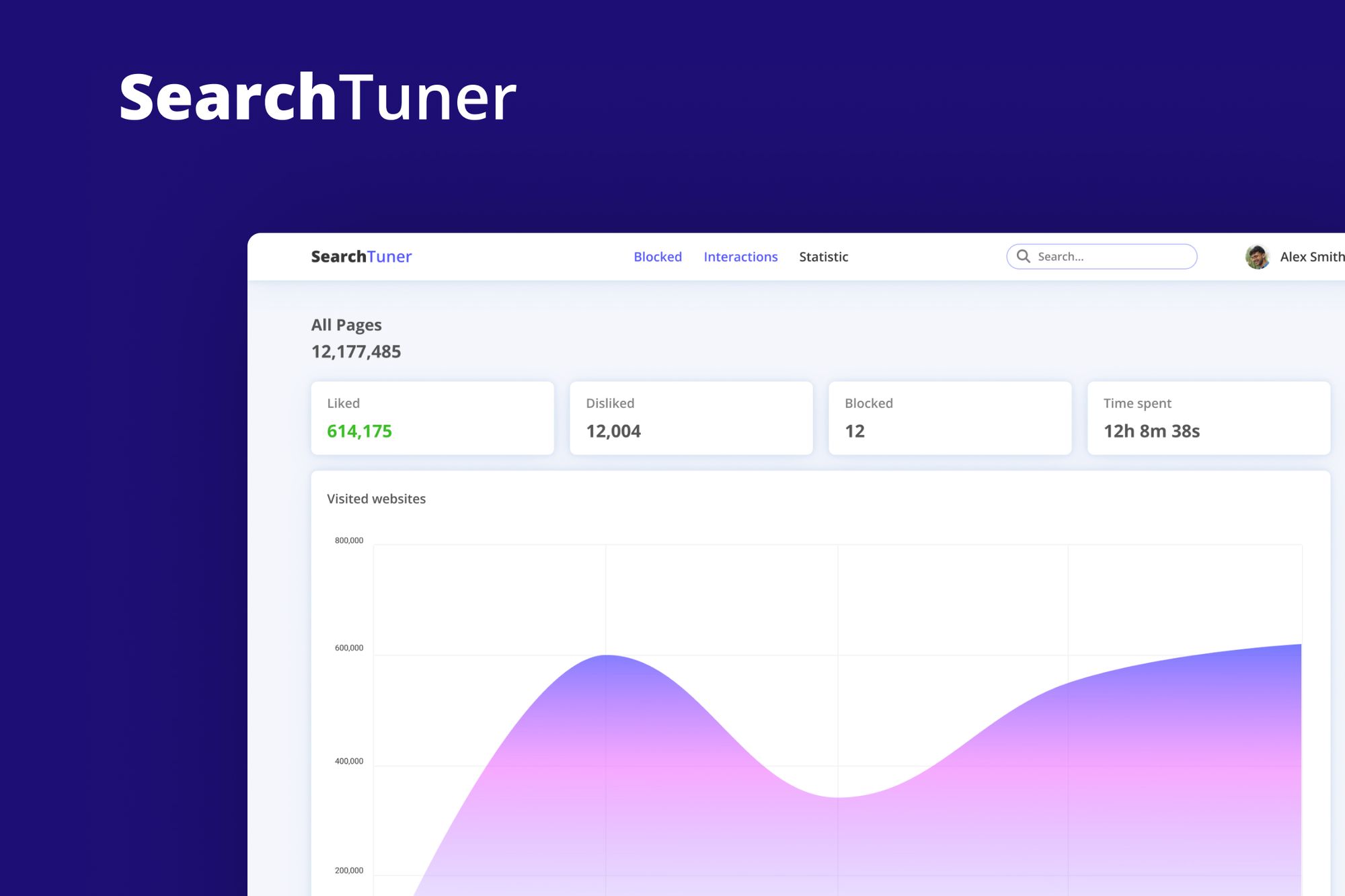
Bolt.new
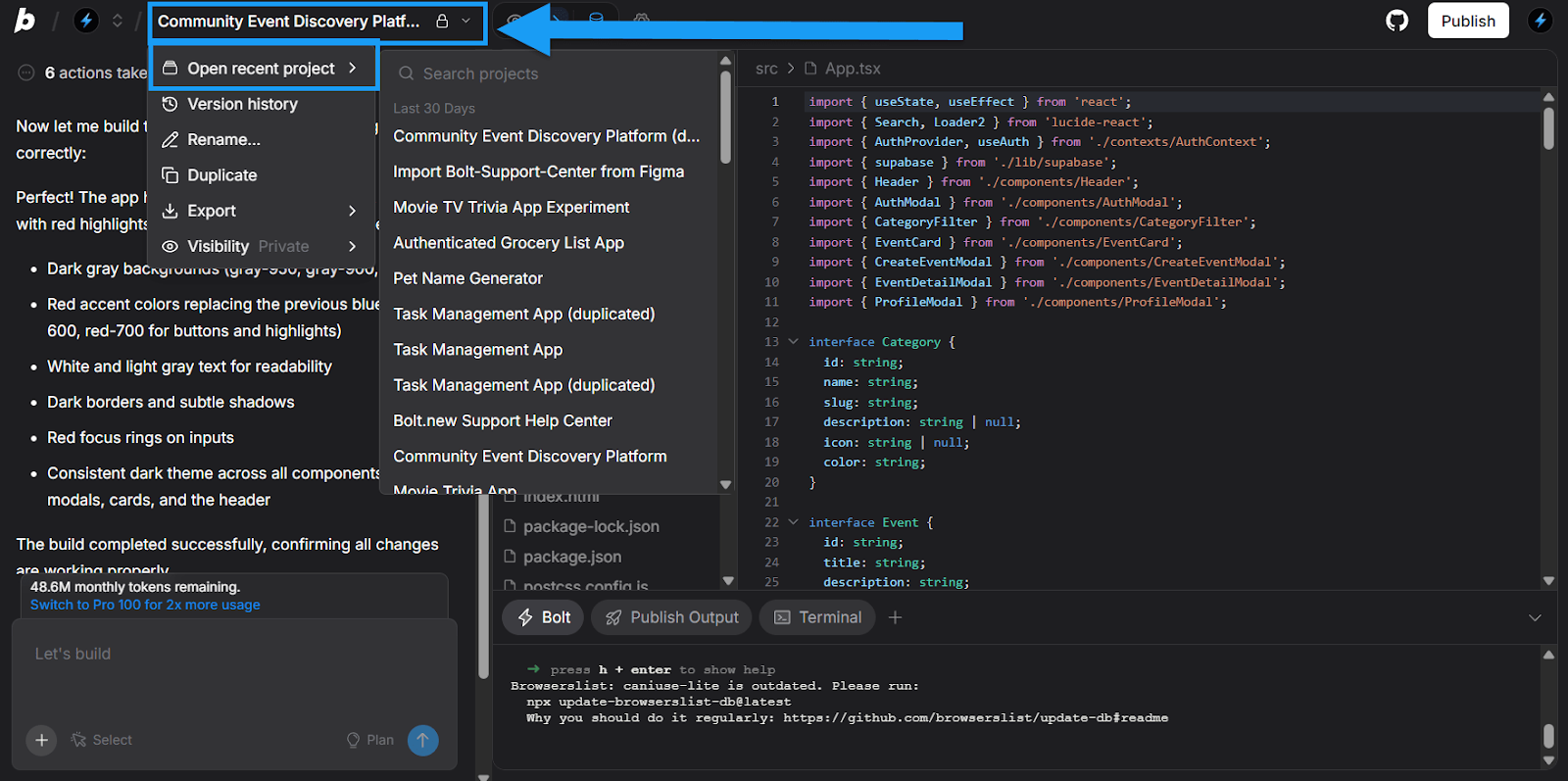
Website: bolt.new
Web-based AI for coding that lets you prompt, write, edit, and deploy full-stack applications directly in the browser; choice of underlying LLM or agent; built for fast prototyping and front-to-back web app creation.
Pros: Extremely accessible—no local setup required; great for rapid prototyping UI/web logic; intuitive for smaller teams or solo developers; lower barrier to entry.
Cons: Seen as better for prototyping than complex production systems; less maturity in full enterprise workflows and large codebases; some users report limitations when scaling beyond scaffolded projects.
Pricing: Freemium or usage-based tiers: ProPopular per $25 per month, and Teams per $30 per month. Also, has a custom pricing depending on team size and features.
Fively tip: Bolt.new is ideal when you want to build something fast—web apps, proof-of-concepts, or MVPs with AI help. If your target is heavy backend logic, massive codebases, or long-term maintenance, you might later migrate to a more established coding assistant platform.
Replit Ghostwriter
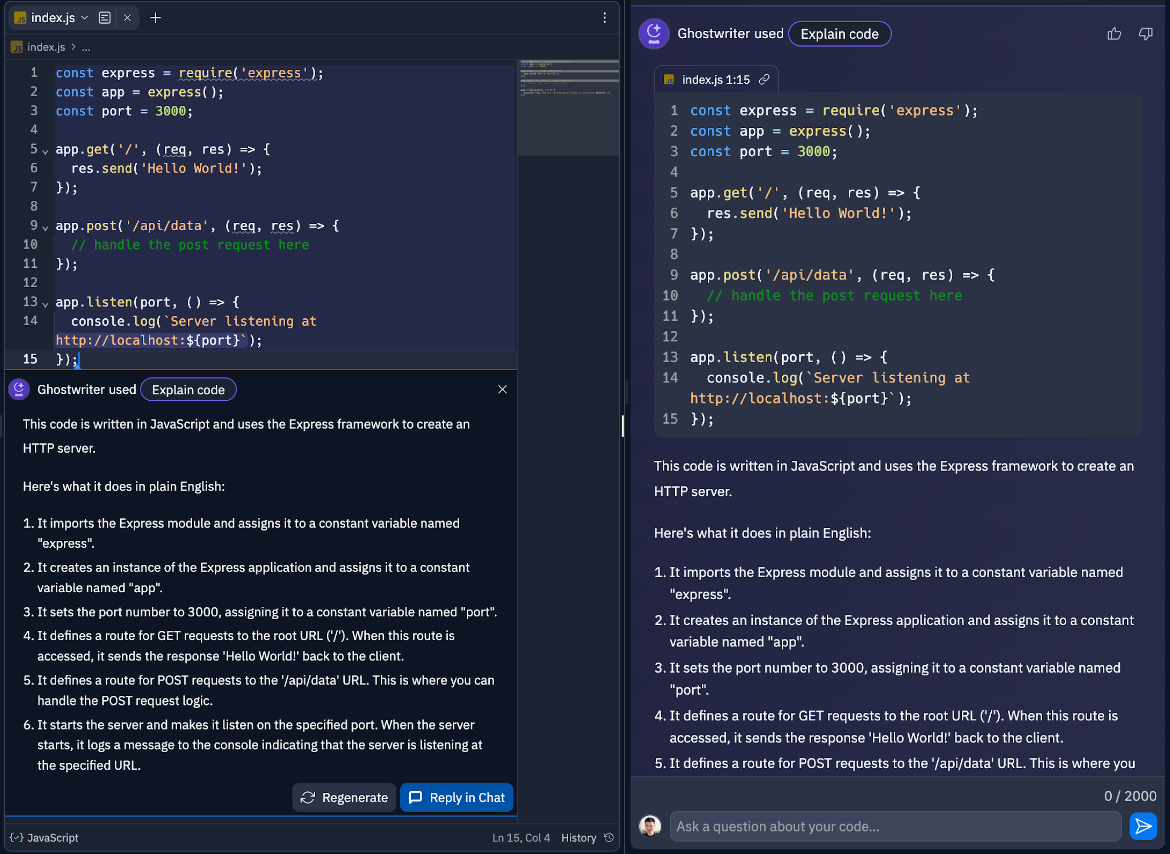
Website: replit.com/ai
Ghostwriter is embedded in the browser-based Replit IDE and supports full-stack development from prompt to deployment. It offers context-aware AI code generation, live debugging, project scaffolding, and real-time collaboration. The platform emphasizes “vibe coding” — turning natural language prompts into fully functional apps.
Pros: Extremely accessible; runs entirely in the browser so no local setup is required; great for rapid prototyping, cross-device use, and non-technical creators.
Cons: Because it targets speedy creation and lower barriers, it may lack some of the depth and fine-control features of IDE-embedded tools built for large enterprises. The browser-based nature might not fit teams with strict local development workflows.
Pricing: Replit offers free access with limitations, and paid tiers: Replit Core per $ 25 per month, Replit Teams per $ 40 per month, and also custom pricing for higher usage and collaboration.
Fively tip: Replit Ghostwriter is a fantastic choice if you want to move quickly, build prototypes or smaller applications, and work seamlessly across devices. For large codebases or enterprise environments where deep IDE integration and on-premise control matter, you might complement it with another tool.
Cline

Website: cline.bot
Cline is an open-source AI coding agent that integrates directly into your IDE (for example VS Code) and supports multi-step tasks, project reasoning, file creation/editing, terminal commands and execution—all with developer permission.
Pros: Great for developers who want full control, transparency, and the ability to deploy local or self-hosted models; ideal for advanced workflows, automation of repetitive tasks, and scaling team productivity.
Cons: Being open-source and highly configurable means it may require more setup and tuning; not as plug-and-play for non-technical teams; some features may still evolve compared to other tools.
Pricing: Free and open-source core; also, has a Teams plan per $ 20 per month, and an enterprise custom plan depending on model choice and deployment.
Fively tip: Cline is an excellent choice for development teams that require deep customization, privacy-first deployments, or self-hosted setups. If you’re doing standard single language tasks or do not want to manage infrastructure, you might prefer a more managed service instead.
Aider

Website: aider.chat
Aider runs in your terminal, turning your CLI into a pair-programming assistant. It is built to work with local Git repositories, understands large codebases, can generate code, fix bugs, and interact via natural language.
Pros: Excellent for developers comfortable in the terminal; minimal UI overhead; focused on productivity and efficiency; supports local workflows and large-codebase interaction.
Cons: Less GUI-friendly for non-terminal users or graphic editing; may require setup and learning curve; fewer built-in collaboration or GUI features than full IDE assistants.
Pricing: Free-tier and open-source support; some paid features for enterprise usage.
Fively tip: Aider is ideal for seasoned developers who prefer terminal workflows and want a lightweight, efficient coding assistant that integrates with existing Git setups. If your team is more GUI-centric or needs broader collaboration tools, a complementary tool may better fit.
Amazon Q Developer

Website: aws.amazon.com/q/developer/
Amazon Q Developer is a generative AI assistant from AWS designed to help developers code, test, deploy, and maintain applications. It supports natural-language prompts (e.g., “/dev Create a Next.js Tic-Tac-Toe SPA”), indexes your workspace context via annotations like @workspace, and can suggest architecture, code snippets, security fixes, and deployment pipelines.
Pros: Deep integration with AWS ecosystem (ideal for teams already using AWS), supports large-scale project workflows, and excels at full-lifecycle dev support.
Cons: Primarily optimized for AWS stacks — less ideal if you’re outside that environment; enterprise pricing can be high; and recent security concerns (e.g., the extension incident) raise caution.
Pricing: AWS has a free tier and a pro plan that costs $19 per month per user, including around 1,000 agentic requests and 4,000 code-transformation lines per user per month. If the included usage of code-transformation lines is exceeded, additional lines are charged at a rate of approximately $0.003 each. The Pro tier also includes enterprise access controls and codebase customization capabilities.
Fively tip: If your infrastructure and development workflows are deeply rooted in AWS, Amazon Q Developer offers a powerful, “one-stop” AI coding tool that spans from code generation to deployment. For cross-platform or multi-cloud stacks, you may want to pair it with more cloud-agnostic assistants.
JetBrains AI Assistant

Website: jetbrains.com/ai/
It is built into JetBrains IDEs (IntelliJ IDEA, WebStorm, PyCharm) and provides smart code completion, documentation generation, commit message suggestions, file conversion tools, and multi-file context awareness. It supports cloud models or local model deployment.
Pros: Excellent for developers who already use JetBrains tools; strong multi-file support; local model option enhances privacy; deep IDE integration improves workflow.
Cons: Less optimized for non-JetBrains IDEs (VS Code etc. will have plugin variants, but not native); pricing and model access details may vary; less agent-style automation compared to dedicated “AI agent” platforms.
Pricing: JetBrains offers AI Assistant via subscription tiers, with layered pricing depending on model access, team size, and on-premise usage: AI Free for the start; AI Pro with AI agent Junie costing $100.00 per user, per year; AI Ultimate, which costs $300.00 per user, per year; AI enterprise which costs $720.00 per user, per year; as well as additional plans “All Products Pack” at $299.00 per year, and “dotUltimate” at $219.00 per year.
Fively tip: JetBrains AI Assistant is a strong choice if your team works inside JetBrains IDEs and wants a tightly integrated AI assistant with strong code generation, documentation, and refactoring support. For workflow-agnostic or browser-based teams, you might also evaluate more universal assistants.
Lovable
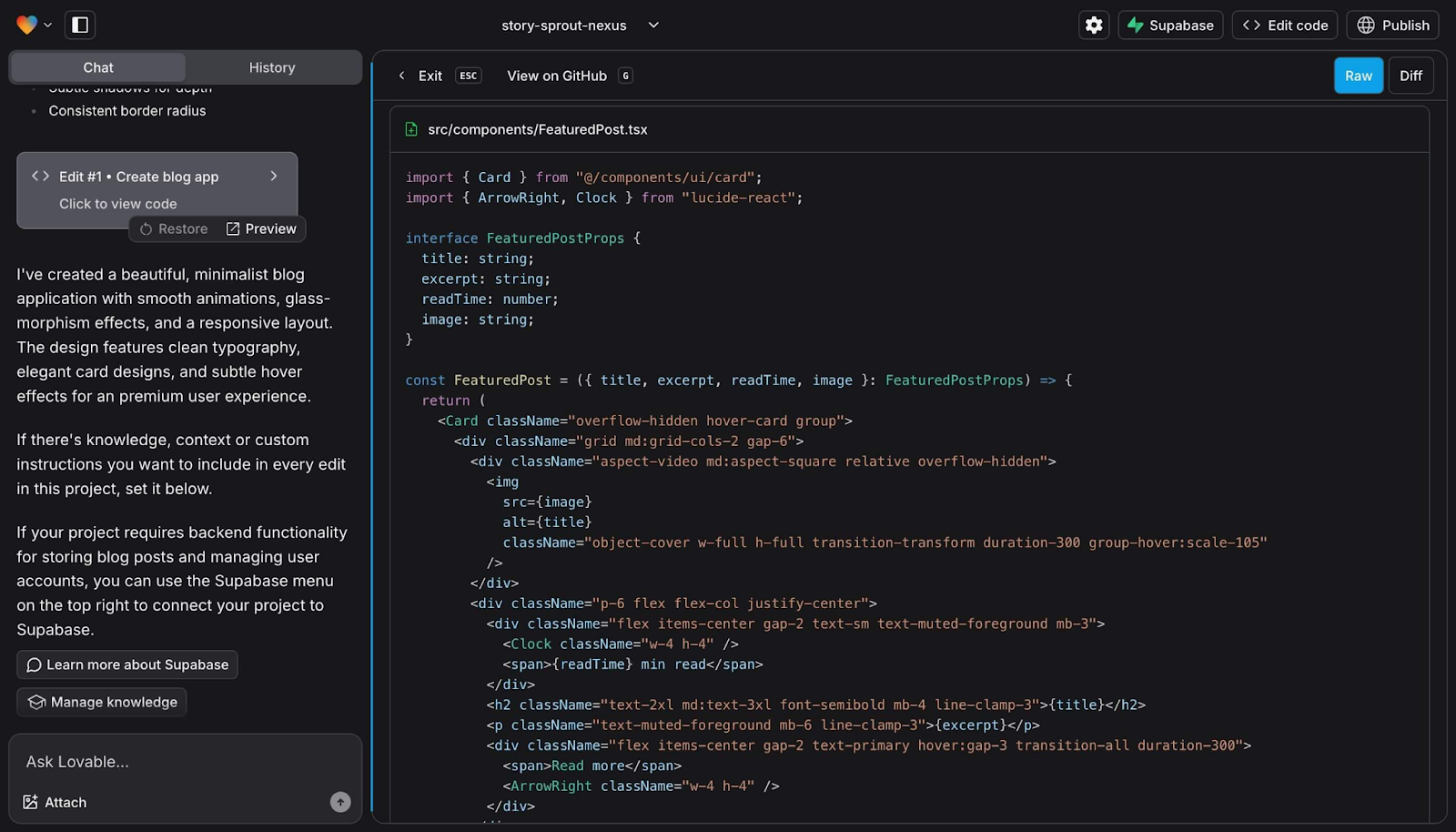
Website: lovable.dev
Lovable is a low‐code platform that enables building apps and websites through natural-language prompts and AI assistance. Features include UI scaffolding, backend setup, deployment, and “vibe coding” workflows aimed at non-developers.
Pros: Very accessible for non-technical founders or rapid prototyping; enables fast MVP creation; lower barrier to entry.
Cons: Not yet as robust for large-scale production systems or deep back-end customizations; generated code may require manual refinement; less suited for teams needing full control of architecture or large codebases.
Pricing: Freemium model for basic use; $25 per user per month for 250 messages, $30 per user per month for a team of 20; and a custom prising for enterprises.
Fively tip: Lovable is ideal when you need to go from idea to prototype quickly and don’t want to build everything from scratch. For large-scale enterprise development, you might use it for prototyping and then migrate to a more code-centric platform.
AI for Coding Alternatives & Emerging Tools
While established AI coding assistants like Copilot, Claude, and Cursor lead the market, a new generation of tools is emerging — faster, lighter, and often more specialized. These upcoming platforms are redefining how developers interact with AI, offering everything from terminal-based reasoning to full-stack app generation directly from prompts. Whether you’re a seasoned engineer, indie hacker, or startup founder, these are the rising names worth keeping an eye on in 2026.
Xcode AI Assistant
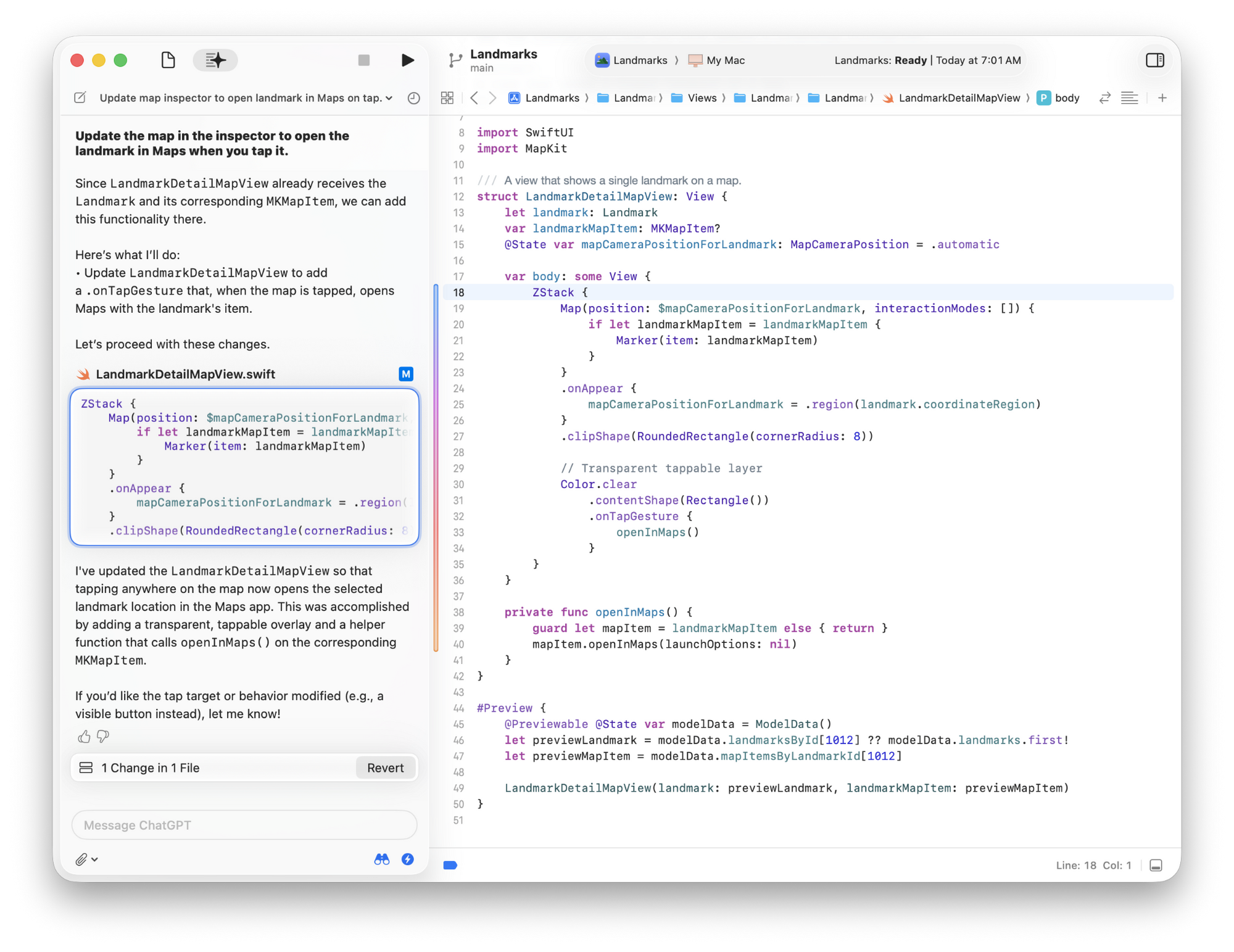
Website: developer.apple.com/documentation/xcode/writing-code-with-intelligence-in-xcode
Built into Apple’s Xcode IDE, this AI coding tool adds generative intelligence for Swift and Objective-C development, offering code completions, refactor suggestions, and contextual understanding of your Apple-platform projects.
Pricing: Comes as part of Xcode, which is free for macOS developers (though advanced AI features may require Apple Developer Program membership or future pay-tiers).
Warp
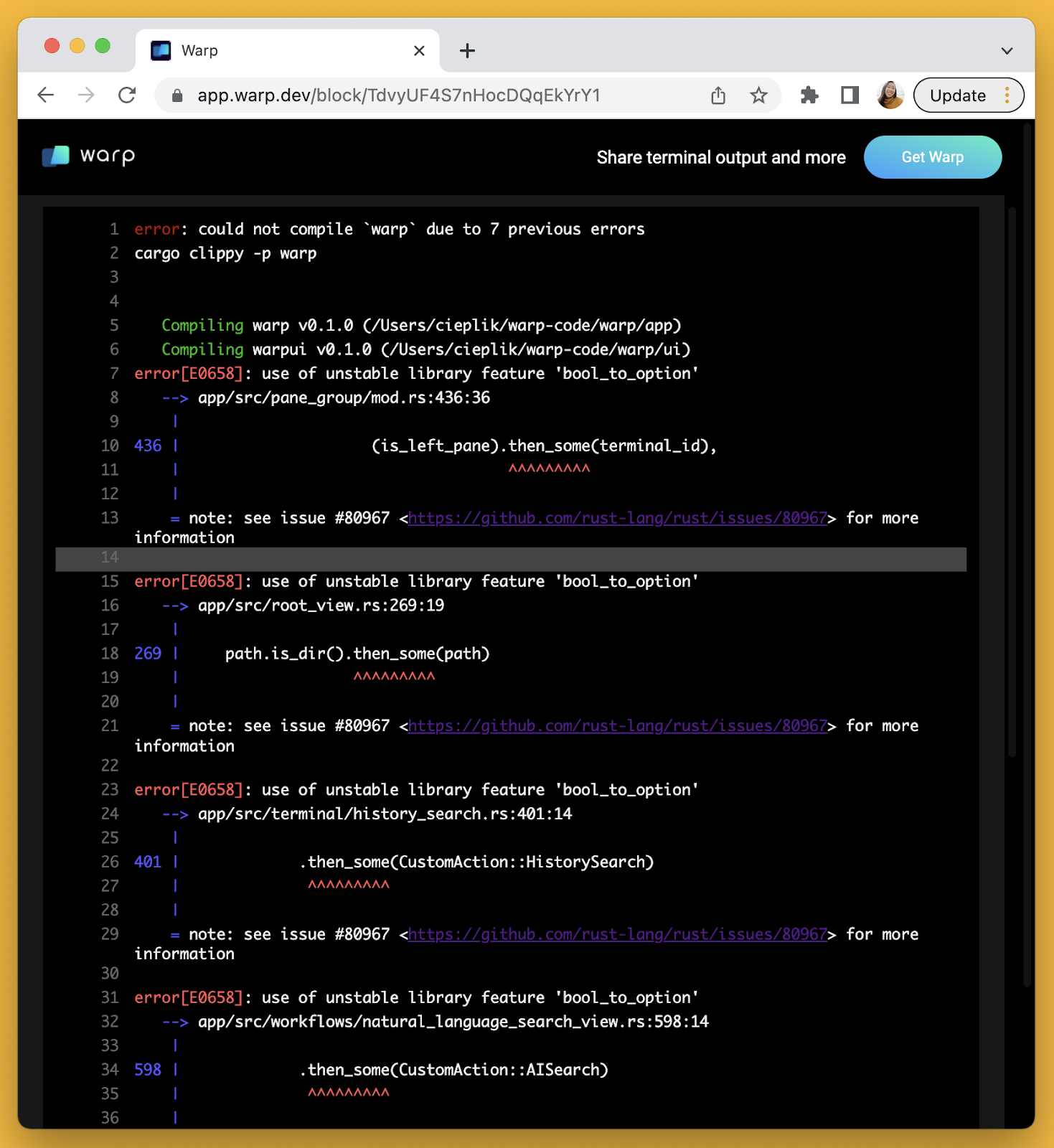
Website: https://www.warp.dev/
Warp is a modern terminal + AI development environment where you can launch “agents” to work with large language models, build, debug, refactor and deploy code via prompts — ideal for dev teams wanting full-workflow AI in their terminal or IDE.
Pricing: Free tier available; premium/enterprise tiers for advanced agent features and team collaboration (exact pricing tiers vary).
Augment Code
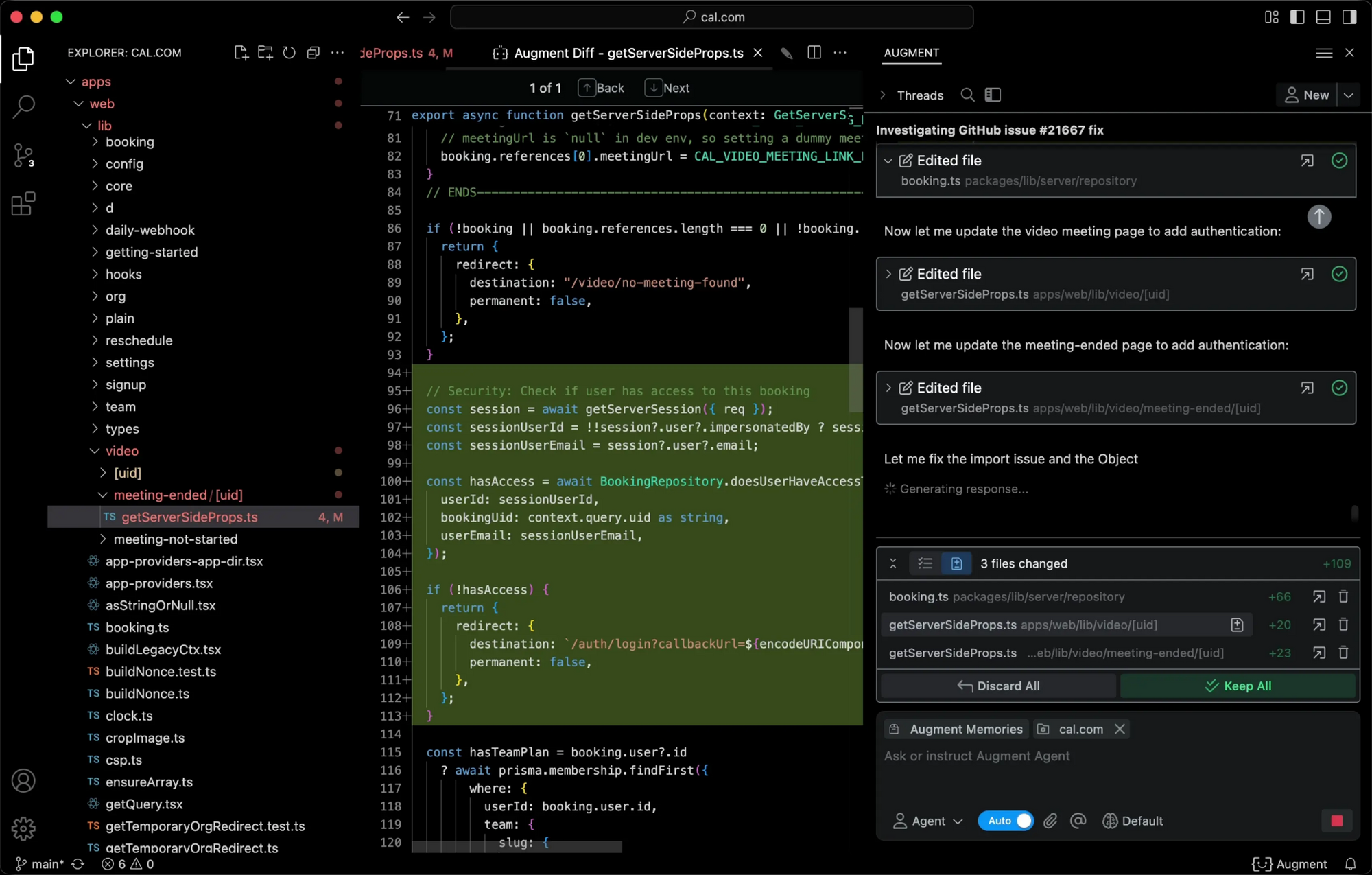
Website: augmentcode.com
Aimed at professional software engineers, Augment Code offers a context engine that understands very large code-bases, creates suggestions, refactors, and integrates deeply with VS Code, JetBrains, Vim/Neovim.
Pricing: Free/low-cost version for individuals; enterprise pricing for full code-base support and advanced features (details depend on team size).
CodeGPT

Website: codegpt.co
CodeGPT is a flexible AI for coding built for both developers and enterprises—it integrates into VS Code, supports your own API key, manages deep code-base context, and enables code generation, refactoring, and even multi-step agent tasks.
Pricing: Freemium or BYOK (Bring Your Own Key) model; pricing depends on usage of models, team seats, and enterprise features.
AskCodi
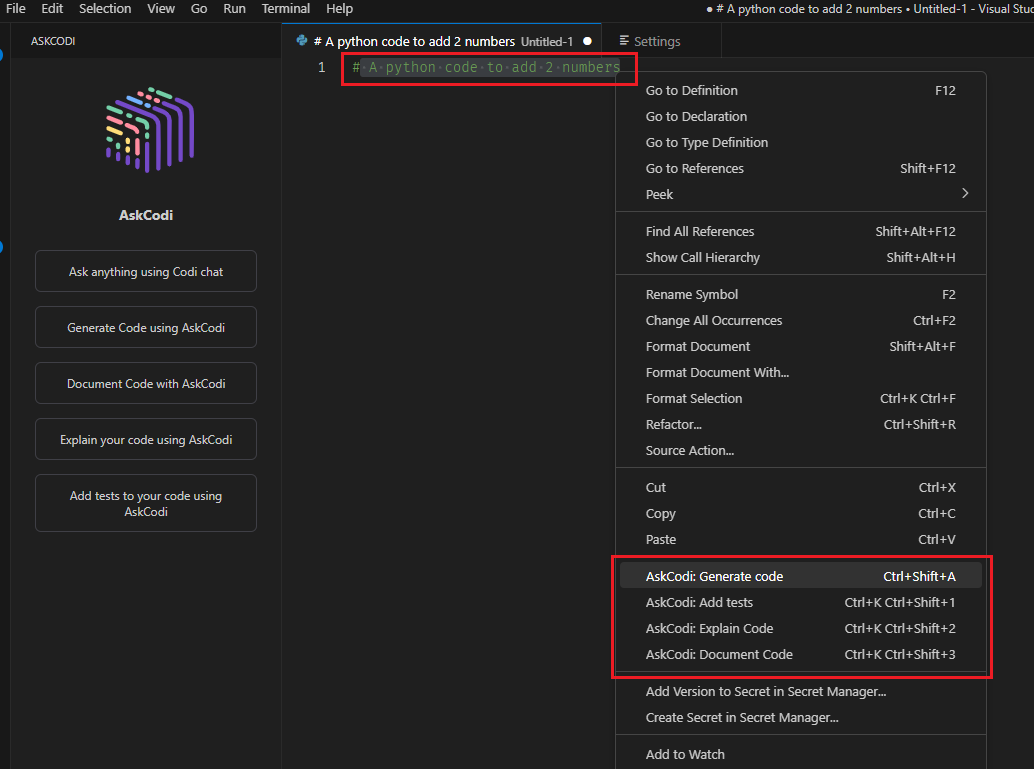
Website: askcodi.com
AskCodi is an AI coding assistant compatible with popular IDEs (VS Code, JetBrains, Sublime) and offers “Codi Apps” for code generation, explanation, documentation and testing across multiple languages.
Pricing: Has free or trial usage; paid tiers for advanced support, team collaboration, and enterprise customizations.

Is It Possible to Develop Digital Products with AI Tools?
Absolutely: not only is it possible, but it’s becoming increasingly practical. In 2026, AI-powered coding assistants, design generators, and testing tools are transforming how digital products are built. Modern teams can now move from idea to working prototype in days rather than months, using a combination of AI copilots, codeless builders, and automation platforms.
AI coding tools can handle up to 60–80% of repetitive development tasks, such as UI generation, API integration, bug fixing, and automated testing. Tools like Cursor, Claude Code, and Lovable can scaffold entire applications from prompts, while Figma-to-code pipelines, AI design systems, and RAG-based chat integrations allow real-time adaptation to user data.
However, AI isn’t replacing human creativity — it’s amplifying it. Developers still define architecture, ensure performance, and bring the vision to life. AI accelerates delivery, reduces costs, and expands access to high-quality software for startups, enterprises, and individual creators alike.
In short, yes — with the right blend of AI tools and human expertise, end-to-end digital product development is not just possible, but faster, smarter, and more scalable than ever before.
Best Practices for Using AI Coding Tools
While AI assistants can dramatically speed up development, their effectiveness depends on how you integrate and guide them. Here are four best practices that separate productive teams from those who struggle to adapt AI tools successfully.
1. Choose Tools Based on Specific Needs
Not every AI assistant fits every workflow. Some excel at frontend generation (like Bolt.new or Lovable), while others shine in backend logic or large-scale code reasoning (like Claude Code or Cursor). Start by identifying your bottlenecks — whether it’s debugging, API integration, or refactoring — and pick tools that directly address those needs. Avoid “one-size-fits-all” solutions; instead, build a stack of specialized assistants.
2. Match the Tool to the Task Type
Use AI where it adds the most value: automating repetitive code, generating tests, or scaffolding structure. For critical logic or performance-sensitive modules, human review should remain the default. A simple principle applies — let AI handle the routine, and humans handle the reasoning.
3. Progressive Prompting Strategy
Don’t expect perfect results from one big prompt. AI tools respond best to iterative collaboration. Start broad (“Build a user auth flow”) and refine step-by-step (“Add email verification,” “Optimize for mobile responsiveness”). This progressive prompting approach increases accuracy, reduces errors, and helps AI adapt to your coding style.
4. Code Review Is Non-Negotiable
Even the most advanced AI-generated code can introduce subtle bugs or security risks. Always perform manual or automated reviews to verify logic, compliance, and maintainability. Pair AI tools with CI/CD pipelines, linters, and static analysis. Human oversight ensures that what AI builds stays secure, scalable, and readable.
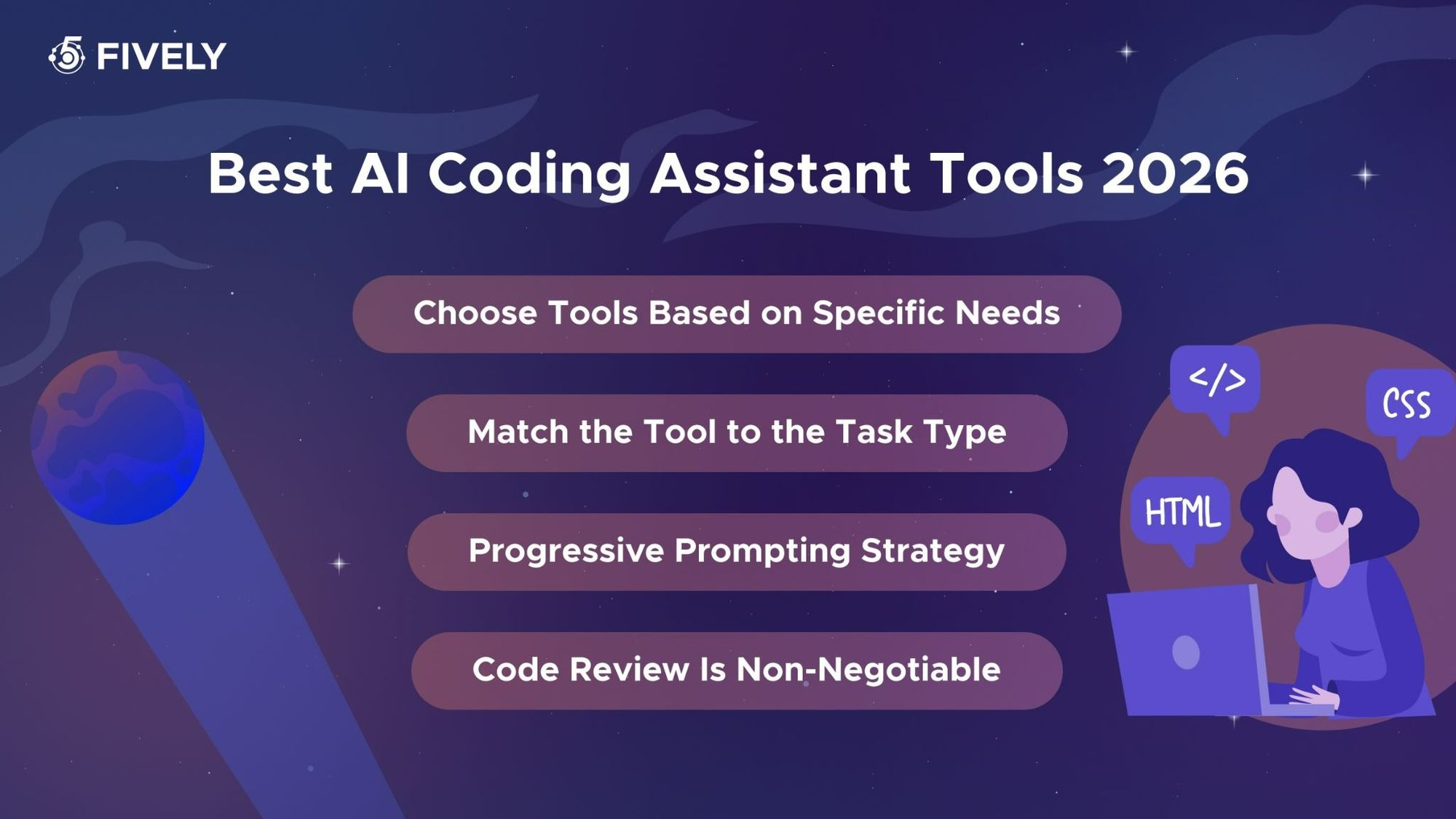
Common Pitfalls When Using AI Coding Assistants
AI coding tools can dramatically improve productivity — but only when used with awareness and oversight. Misuse or over-dependence can lead to serious maintainability, security, and performance issues. Below are the most common pitfalls developers face when integrating AI into their workflow.
Over-Reliance on AI (“Autopilot Syndrome”)
The convenience of AI can tempt developers to stop thinking critically. Over-reliance often leads to loss of code ownership and reduced understanding of core logic. Teams may push unverified AI-generated code into production, creating hidden technical debt. The golden rule: AI should assist, not replace — every suggestion must still pass a human’s reasoning test.
Security Vulnerabilities
AI assistants can unintentionally introduce unsafe patterns — for example, insecure API calls, exposed keys, or weak input validation. Since many models are trained on public repositories, they may replicate outdated or insecure code. Always scan AI-generated output with SAST/DAST tools, check for OWASP compliance, and enforce secrets management policies.
Outdated Dependencies & Patterns
AI tools sometimes hallucinate or rely on deprecated libraries that no longer fit your project stack. Developers may unknowingly reintroduce outdated frameworks or inefficient code because the model suggested them confidently. To prevent this, lock dependency versions, validate libraries against your existing ecosystem, and regularly update your model context with recent documentation or repo references.
Performance & Efficiency Issues
While AI assistants can produce “working” solutions fast, they often miss performance optimizations like memory usage, caching, or algorithmic efficiency. Generated code may run but scale poorly under load. Always review for complexity (O(n)), test for real-world performance, and prefer benchmark-driven adjustments before merging.
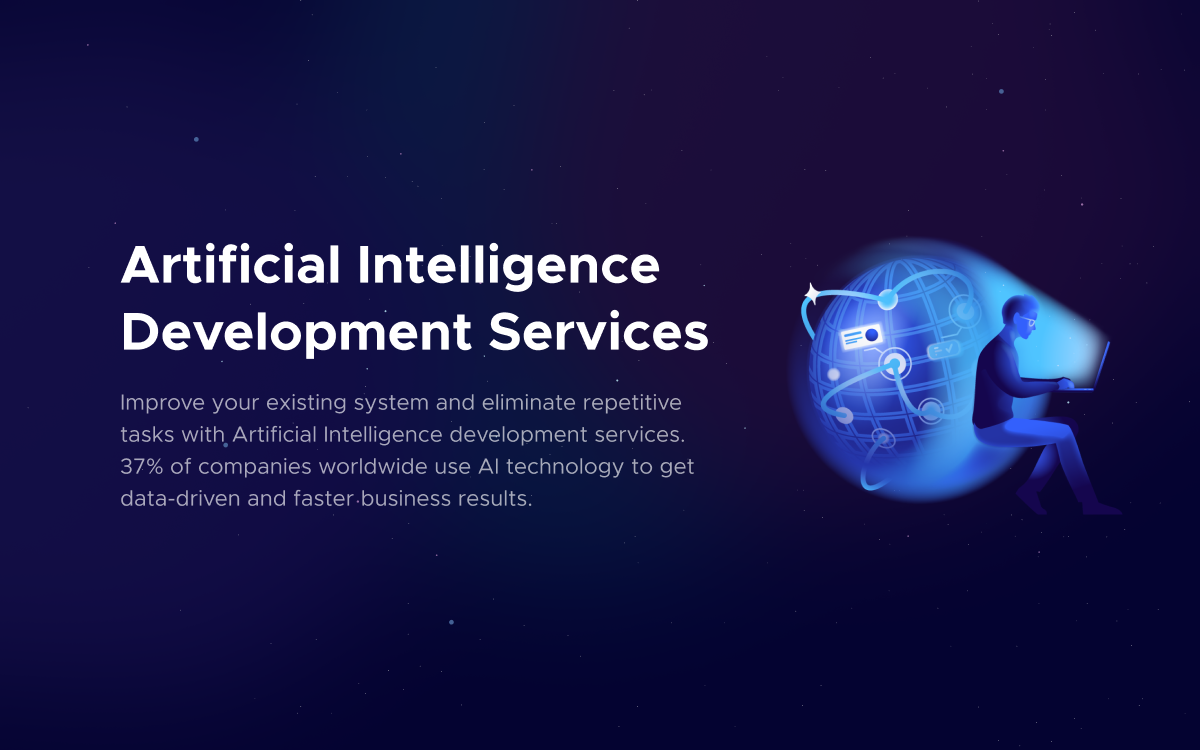
Need Help With A Project?
Drop us a line, let’s arrange a discussion
Frequently Asked Questions
An AI coding assistant is a software tool that uses artificial intelligence to help developers write, debug, and optimize code faster. These assistants analyze context, suggest completions, generate functions, and even detect errors automatically — improving productivity and reducing repetitive work.
The top AI tools for generating code in 2026 include Cursor, Claude Code, and Windsurf. Cursor is best for full-stack development and debugging, Claude Code for deep reasoning and multi-file understanding, and Windsurf for real-time collaboration and context awareness.
Replit Ghostwriter and Cline currently offer the most generous free tiers, giving developers AI-assisted completion, debugging, and code explanations without high subscription fees. GitHub Copilot and ChatGPT also have limited free modes with reduced model access.
GitHub Copilot remains the most seamless AI assistant for VS Code due to native integration. However, Cursor and Claude Code extensions are rapidly growing in popularity for their advanced reasoning, chat-style interface, and better understanding of multi-file projects.
Developers use AI tools to automate repetitive coding, generate boilerplate, review pull requests, write tests, and even translate logic between languages. Modern teams also integrate AI into CI/CD pipelines to optimize documentation, detect vulnerabilities, and improve performance before deployment.
Common use cases include bug fixing, test generation, documentation, API integration, refactoring, and code optimization. Some tools even assist with system design, data modeling, and end-to-end feature scaffolding.
AI developer tools now cover the full lifecycle — from AI IDEs (Cursor, Windsurf) to testing automation (DogQ), code search (Sourcegraph Cody), design-to-code tools, and project planning assistants. This diversity allows developers to build faster while maintaining quality and security.
No, AI coding tools accelerate workflows but can’t replicate human creativity, architectural decisions, or domain expertise. They are best used as assistants, not replacements, enabling developers to focus on logic, scalability, and innovation while automating routine work.
If you want deep reasoning and autonomous refactoring, choose Cursor. It’s ideal for complex projects and teams that value code context and debugging. If your focus is on real-time collaboration, lightweight setup, and natural chat-driven coding, Windsurf is a better fit.





